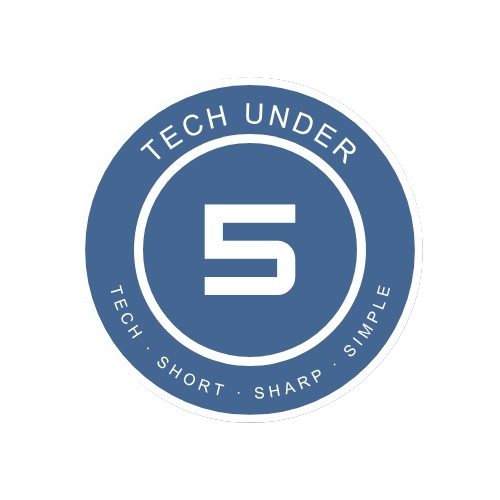What is Quantum Computing?
Quantum computing is a completely new way of computing that uses the laws of quantum mechanics to process information. Unlike traditional computers that use bits (0 or 1), quantum computers use qubits, which can be 0, 1, or both at once (thanks to superposition).
Traditional computers solve problems step-by-step. Quantum computers can explore many possibilities at once, making them powerful for tasks like cryptography, AI, and simulations.
Why Is It Called “Quantum” Computing?
The name comes from quantum mechanics—the branch of physics that describes how particles behave at the atomic and subatomic level. Quantum computers harness principles like:
- Superposition (being in multiple states at once)
- Entanglement (instant correlation between particles)
- Interference (canceling or enhancing outcomes)
These behaviors don’t exist in classical systems—hence, “quantum” computing.
Core Parts of Quantum Computing (Explained Simply)
Qubits
- The quantum version of a classical bit.
- Can be in 0, 1, or both states simultaneously (superposition).
Superposition
A classical bit is either 0 or 1. A qubit can be 0 and 1 at the same time.
Analogy: Like a spinning coin. Until it lands, it’s not just heads or tails—it’s both in a blur of possibilities.
How it’s done: Qubits reach this state using gates like the Hadamard gate, which puts the qubit into an equal-weighted superposition. It’s not magic—it’s math at the quantum scale.
Entanglement
Two qubits become entangled when the state of one depends on the other—even across vast distances.
Example: If you measure one entangled qubit, the other will instantly respond—even if it’s across the planet.
How they get entangled: Typically, by applying a CNOT gate after a Hadamard gate. It links their quantum states so that measuring one affects the outcome of the other.
It’s not about being physically attached—it’s about shared quantum information. Entanglement is created through interaction, not distance.
Measurement
Qubits stay in their “quantum” form until measured. Once observed, their state collapses to either 0 or 1.
Think of measurement as choosing an outcome from a sea of probabilities—guided by math, not dice rolls.
Quantum vs Classical: What's Similar?
| Classical Computing | Quantum Computing |
|---|---|
| Bit (0 or 1) | Qubit (0, 1, or both) |
| Logic Gates (AND, NOT) | Quantum Gates (Hadamard, CNOT) |
| RAM/Registers | Quantum Registers |
| CPU | Quantum Processor |
| Algorithms (e.g., binary search) | Quantum Algorithms (Grover’s, Shor’s) |
What Can Quantum Computing Do in the Future?
- Break modern encryption (Shor’s algorithm)
- Simulate molecules for drug discovery
- Optimize logistics, finance, and ML models
- Create ultra-fast search and recommendation engines
- Enable breakthroughs in physics and chemistry
Quantum isn’t a better version of your laptop—it’s a different kind of machine, built for a different kind of problem.
Who Has Quantum Computers Today?
Some key players in quantum computing:
- IBM – Cloud-accessible superconducting qubits
- Google – Achieved quantum supremacy in 2019
- Microsoft – Developing topological qubits
- Amazon Braket – Quantum cloud platform
- Startups like IonQ, Rigetti, Xanadu
- D-Wave – Quantum annealing specialists
Governments and universities are also heavily involved in quantum R&D.
Quantum computing won’t replace your laptop anytime soon, but it will reshape the future of science, security, and AI.
If you liked this breakdown, follow TechUnder5 — where tech meets simplicity
